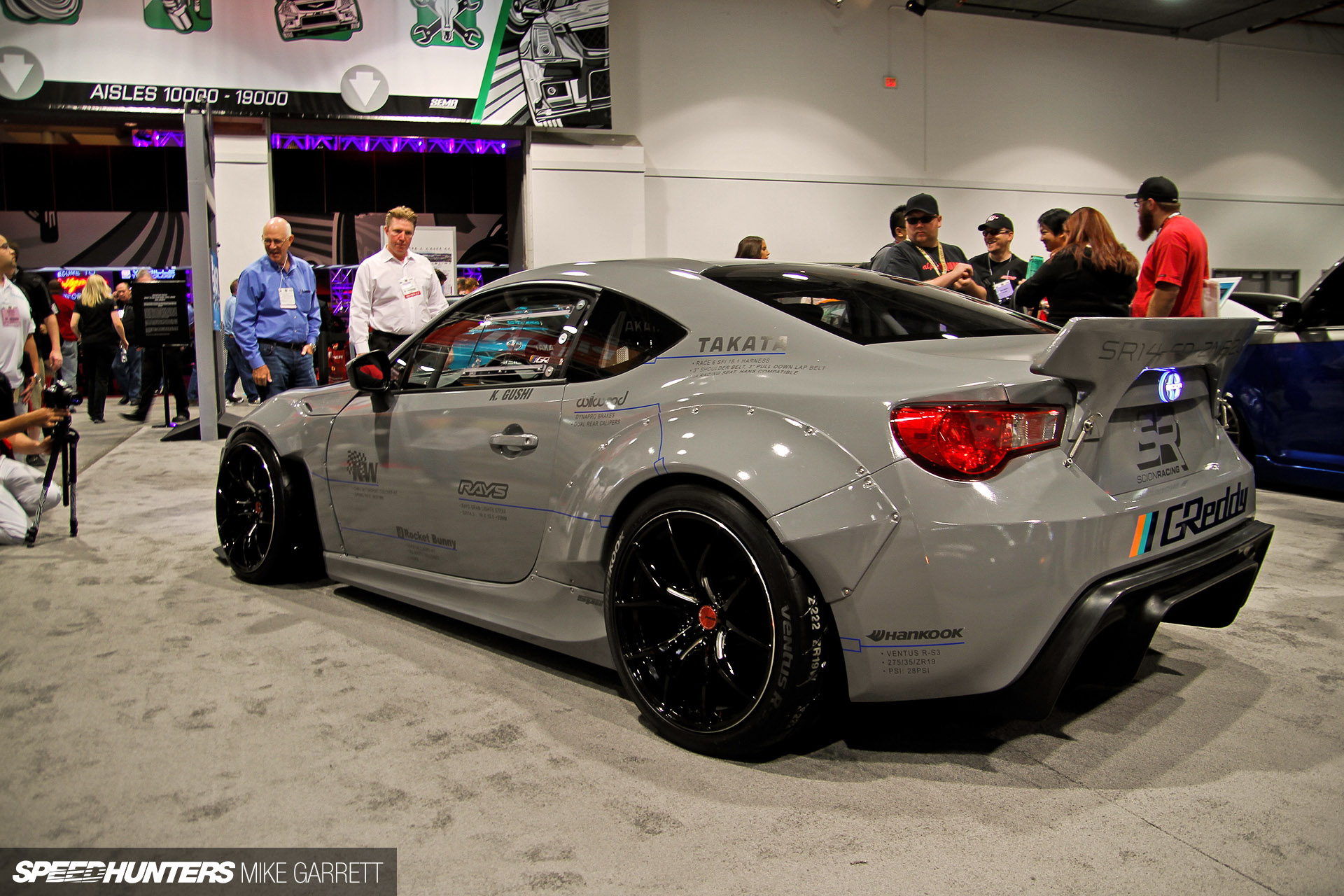

The growing popularity of those American market magazines was conveniently timed with a wave of Japanese supercars coming to U.S showrooms, such as the all-new Honda NSX (badged as an Acura in the U.S.) and Mitsubishi 3000GT VR4. The Acura Integra, Honda Civic, Mitsubishi Eclipse, and Nissan 240SX were among the most common models featured in these magazines. But the real pivot toward JDM vehicles came in the 1990s, when magazines like Sport Compact Car and Super Street focused on the growing enthusiasm for Japanese “ tuner cars” and the enthusiast culture forming around them. That started to change in the 1980s, as sporty two-door coupes like the Honda Prelude, Mazda RX-7, Nissan 240SX, and Toyota Supra and Celica joined the Nissan 300ZX in U.S. The term JDM originally represented cars sold primarily in Japan, but it has come to mean any high-performance Japanese model, whether a new or used car sold exclusively in Japan or in multiple global markets, including the U.S. That’s not to say Japan ’s performance car industry didn’t exist before 1990, but the average American ’s awareness of Japanese domestic market models (or JDM cars ) was minimal, at best. It's also not documented how many were made in the end, and the lowest estimate is two.From the perspective of USA -based car enthusiasts, performance-oriented Japanese cars have gone from obscure to mainstream over the past 30 years. Unfortunately, it's hard to tell without getting close up if you're looking at a real Kids-Heart edition or not, and there are many homemade versions out there. Its popularity then increased in anime and video game culture, turning it into a legend.

It gained popularity as the Silvia parts were also lighter and easier to source.Ī Japanese tuning house called Kids-Heart reached out to some Nissan dealers and asked if they would be interested in a ready-built version to sell, and the response was so positive that 500 "official" Sileighty models were planned. It came about because the Nissan 180SX was the drift car of choice, but when the front end got damaged, it was cheaper to bolt on the front end and headlights from a Nissan Silvia. It was a popular conversion amongst Japanese drifting enthusiasts in the late 1980s and early 1990s. You can call it the Sileighty or Sil80 because what you're looking at here is a hybrid of the Nissan Silvia and the Nissan 180SX. The Type-R and its six different settings for the angle was the more popular option.

The back end also got a choice of two different wings, a Type-S and Type-R. The car is also 2-inches wider at the back and 2.4-inches wider at the rear. The geometric bonnet vents then release the air pressure created by the new intakes. Most of the bodywork is replaced with fiber-reinforced plastic pieces, and the aerodynamics are drastically improved by items like the new bumper and splitter, with the bumper's new intake sucking twice as much air as the original. That reclassified the car as the TRD 3000GT rather than the Toyota Supra, and it's a beast. TRD built 35 models with their own VIN codes. TRD made all of the components available as dealer-fitted accessories, but a factory-built model was also sold. Just before the Supra was entered in the Japanese Grand Touring Championship (JGTC) in 1994, the Toyota Racing Division showed off the road-legal version of its GT500 class race car. When it comes to the often-idolized fourth-generation Toyota Supra, there is one version that is ridiculously fast and rare.


 0 kommentar(er)
0 kommentar(er)
